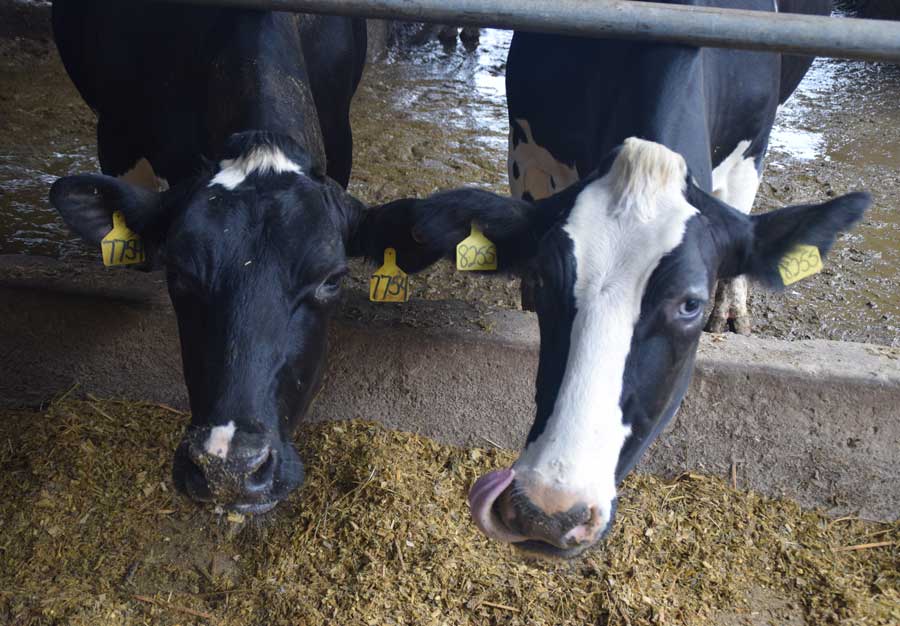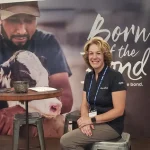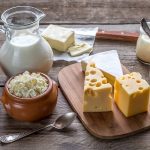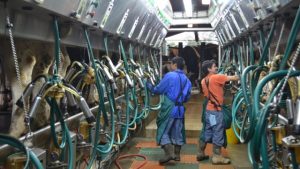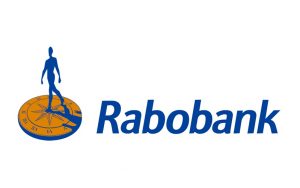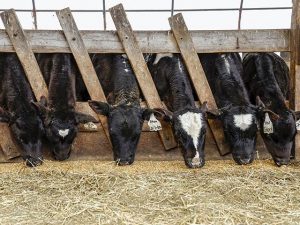
GOSHEN — Brad Martin isn’t sure how many generations of his family have been involved in dairy farming. His dad, Brent, is a dairy farmer, as was his grandfather.
“That’s what we know, it’s what we enjoy,” he said.
Martin’s operation, Martin Family Dairy, milks about 1,500 head of holstein and jersey cows. Holsteins are known for producing a lot of milk. Jersey cows are known for producing milk with a higher level of butterfat in it.
At the Martin farm, the jerseys are kept in a barn with smaller stalls, since they are smaller than the Holsteins.
Martin’s father grew up on a farm a few miles from his current farm on CR 13 in Goshen. His grandfather purchased the current farm when Brad’s dad was still a teenager.
“This is where I’ve been my whole life,” he said.
In 2015, Martin did a large expansion of the operation, adding a new milking parlor and a new barn on the south side of the property.
Martin uses a rotating parlor for his cattle. He explained rotating parlors are something typically seen in much bigger dairy operations, but it is gathering popularity among smaller dairy farmers.
“It’s just a really nice way to milk cows,” he said. “They can walk really slow on there… It makes for a consistent routine. Cows love consistency.”
Brad doesn’t do all the work himself.
“We have a great team. We couldn’t do it without them,” he said. He has a team of 18, many who have been with the dairy for decades. These dedicated employees help with everything from assisting in the fields with the crops, milking and making sure the milking parlor is clean before and after a milking session.
The milking platform holds 50 cows at time. Milking an individual cow takes about 10 minutes.
Martin explained all the cows wear collars with technology that connects with a computer in the milking parlor. The sensors in the collar sends data to the computer, such as milk weights, how long and how often the cow eats.
Martin said he keeps particular attention to eating times.
“That’s important to detect sick cows,” he explained.
Martin milks three times a day with each milking session taking about six hours to complete.
As the cows are milked, the milk is chilled as it travels from the milking parlor to the plate cooler, which cools the milk to about 34 degrees.
The milk is then run through a flow meter to count the number of gallons as it is loaded onto a truck. Martin said he typically ships two loads a day averaging between 6,500 to 8,000 gallons.
The raw milk is sent to a Walmart facility in Fort Wayne where it’s pasteurized, bottled and distributed.
Martin said he started providing milk to Walmart earlier this year.
In addition to running a dairy farm, Martin and his family also farm about 1,500 acres of corn, which they use to feed the cattle.
As his own boss, Martin said he enjoys working with the cattle and working outside. “It’s a good life. It’s not the easiest life,” he said.
